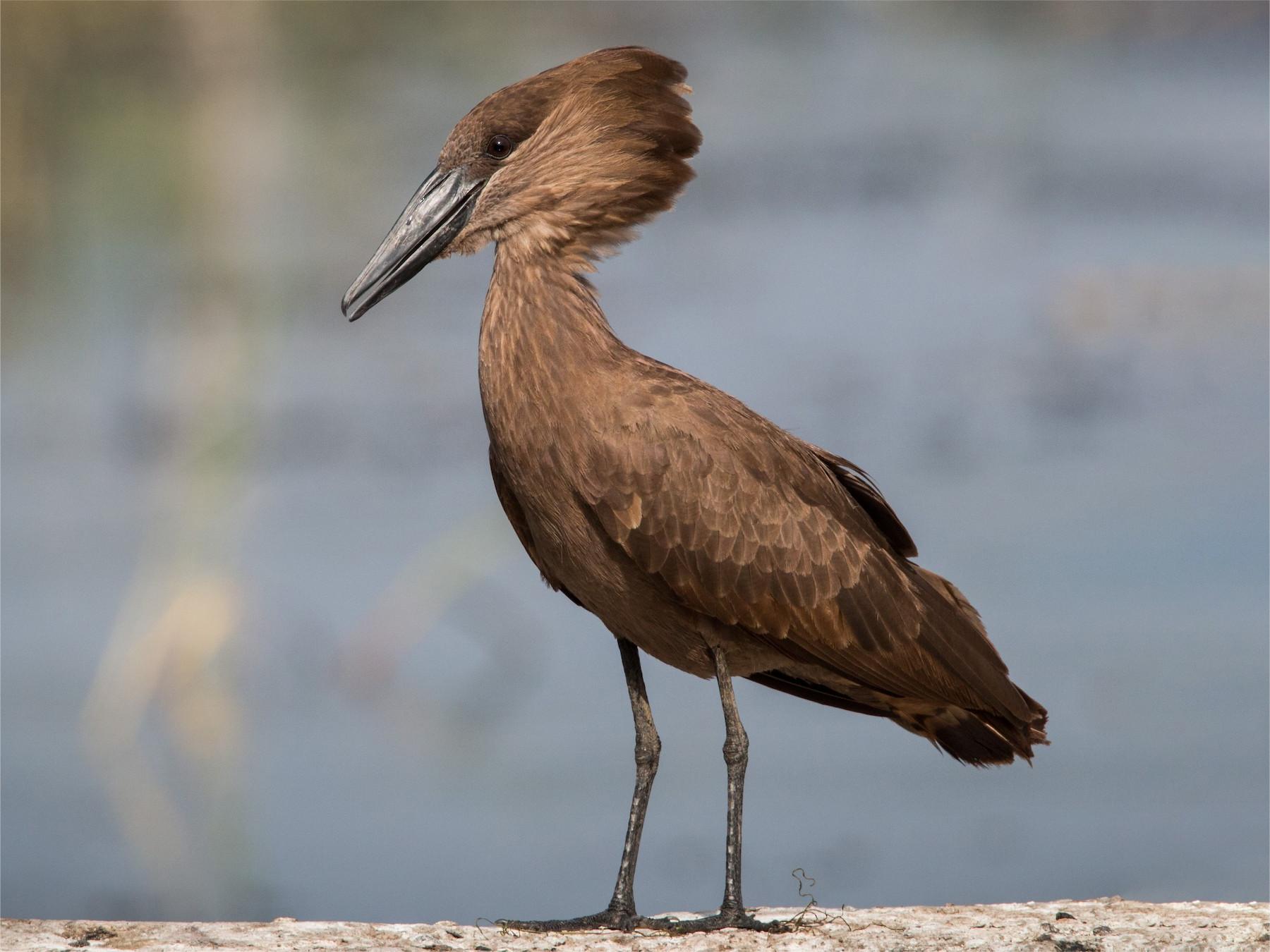
Have you ever heard of the Hamerkop? This unique bird, native to Africa, stands out with its hammer-shaped head and fascinating behaviors. Known scientifically as Scopus umbretta, the Hamerkop is a medium-sized wading bird that thrives in wetlands, rivers, and lakes. Its name, derived from the Afrikaans word for "hammerhead," perfectly describes its distinctive appearance. But what makes the Hamerkop truly special? For starters, its nest-building skills are legendary. These birds construct massive nests that can weigh up to 50 kilograms, using sticks, mud, and other materials. They even create a roof and multiple chambers inside! Intrigued yet? Keep reading to uncover 32 amazing facts about this extraordinary bird.
The Unique Hamerkop Bird
The Hamerkop, also known as the Hammerhead Stork, is a fascinating bird native to Africa. Its unique appearance and intriguing behaviors make it a subject of interest for bird enthusiasts and researchers alike. Let's dive into some captivating facts about this remarkable bird.
Physical Characteristics
The Hamerkop's appearance is unlike any other bird, making it easily recognizable.
- The Hamerkop has a distinctive hammer-shaped head, which gives the bird its name.
- Its body length ranges from 20 to 24 inches, with a wingspan of about 3 feet.
- The bird's plumage is predominantly brown, with a slight purple sheen in certain lights.
- Hamerkops have partially webbed feet, aiding them in wading through water.
Habitat and Distribution
Hamerkops are found in a variety of habitats across sub-Saharan Africa.
- They prefer wetlands, including marshes, rivers, and lakes.
- Hamerkops are also found in savannas and forests, provided there is a water source nearby.
- These birds are highly adaptable and can thrive in both rural and urban environments.
- They are commonly seen in countries like South Africa, Kenya, and Tanzania.
Feeding Habits
Hamerkops have a diverse diet, which they obtain through interesting hunting techniques.
- They primarily feed on fish, frogs, and insects.
- Hamerkops use a unique method called "foot stirring" to flush out prey from the water.
- They also hunt small mammals and crustaceans when available.
- These birds are known to scavenge, taking advantage of carrion and human waste.
Nesting Behavior
One of the most remarkable aspects of the Hamerkop is its nesting behavior.
- Hamerkops build massive nests, often weighing up to 110 pounds.
- The nests are constructed from sticks, mud, and grass, forming a dome-like structure.
- These nests can be as large as 6 feet in diameter.
- Hamerkops often build their nests in trees, but they can also be found on cliffs or man-made structures.
Social and Mating Behavior
Hamerkops exhibit interesting social behaviors and mating rituals.
- They are generally solitary but can be seen in pairs during the breeding season.
- Hamerkops perform elaborate courtship displays, including synchronized dancing and vocalizations.
- Both male and female Hamerkops participate in nest building.
- They are monogamous, often forming long-term pair bonds.
Cultural Significance
The Hamerkop holds a special place in various African cultures and folklore.
- In some African traditions, the Hamerkop is considered a bird of ill omen.
- It is believed that harming a Hamerkop or its nest brings bad luck.
- The bird is often associated with rain and water spirits in local myths.
- Some cultures revere the Hamerkop as a symbol of fertility and prosperity.
Conservation Status
Despite their widespread presence, Hamerkops face certain threats.
- The IUCN lists the Hamerkop as a species of Least Concern.
- Habitat destruction and pollution pose significant risks to their populations.
- Conservation efforts focus on protecting wetland habitats and reducing human impact.
- Hamerkops are also affected by climate change, which alters their feeding and nesting grounds.
Interesting Tidbits
Here are some additional fun facts about the Hamerkop that highlight its uniqueness.
- Hamerkops are known to build multiple nests, sometimes up to five in a single year.
- Their nests are often used by other animals, including snakes, owls, and bees.
- Hamerkops have a distinctive call, described as a loud "kek-kek-kek" sound.
- They are known to engage in "false mounting," a behavior where they pretend to mate without actual copulation.
Fascinating World of Hamerkops
Hamerkops, with their unique appearance and intriguing behaviors, truly stand out in the bird kingdom. These medium-sized birds, native to Africa and Madagascar, are known for their hammer-shaped heads and impressive nest-building skills. Their nests, often the size of a small car, showcase their architectural prowess. Hamerkops are also fascinating in their feeding habits, often seen wading through shallow waters in search of fish, frogs, and insects.
Their vocalizations and social behaviors add another layer of interest, making them a favorite among bird watchers and nature enthusiasts. Despite their somewhat mysterious nature, Hamerkops play a crucial role in their ecosystems, contributing to the balance of their habitats.
Understanding these birds helps us appreciate the diversity and complexity of the natural world. Next time you spot a Hamerkop, take a moment to admire its unique charm and the wonders it brings to our planet.
Was this page helpful?
Our commitment to delivering trustworthy and engaging content is at the heart of what we do. Each fact on our site is contributed by real users like you, bringing a wealth of diverse insights and information. To ensure the highest standards of accuracy and reliability, our dedicated editors meticulously review each submission. This process guarantees that the facts we share are not only fascinating but also credible. Trust in our commitment to quality and authenticity as you explore and learn with us.
